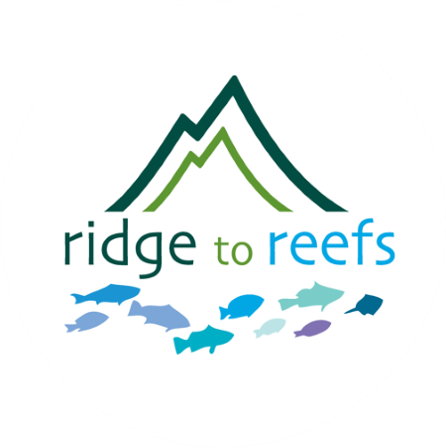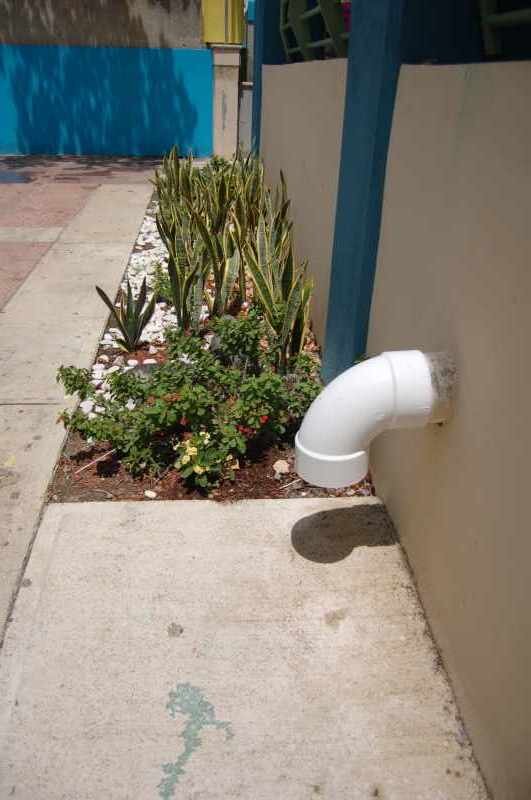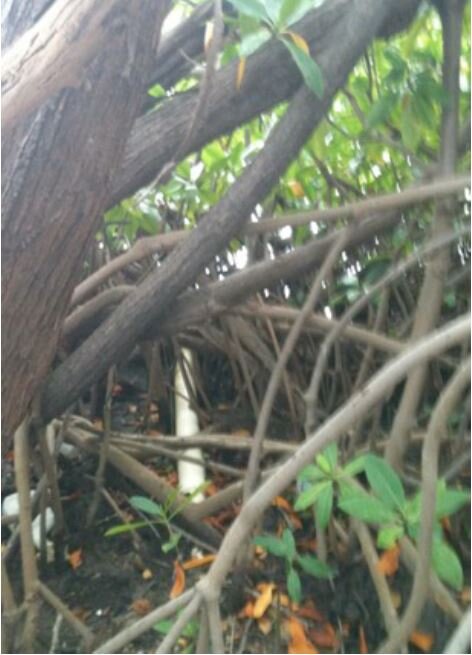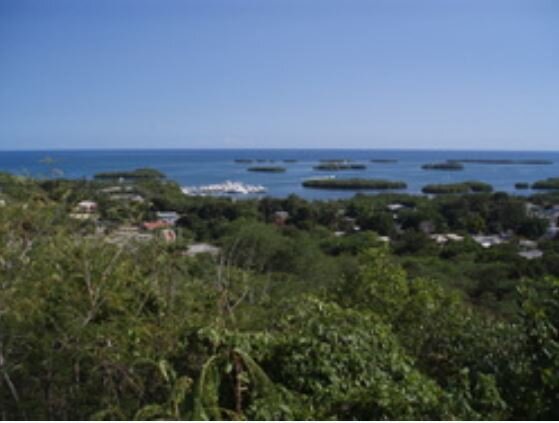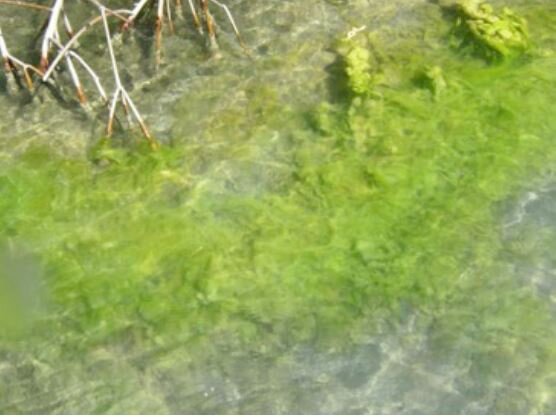Contamination Source Identification, La Parguera, Puerto Rico, US Territory
Bloom of green algae indicating sewage contamination
Project Summary
Some residential systems are not connected to the main sewer lines or lack proper maintenance. As a result of the difference in elevation, the sewage system backflows into the mangrove lagoon, nearshore waters, or stilt homes. In places where stilt houses were destroyed, often the remaining residential sewage pipes work as a backflow into the mangroves or nearshore waters during times of heavy flow or during storm events. We conducted inspections to identify areas where the sewer lines were not connected or in need of repair. We achieved this by directly measuring markers of untreated sewage such as ammonia in the field. Reports of these impacted areas were made available to local authorities.
Problem
Nearshore reefs, mangroves, and sea grass beds are showing signs of significant and increasing stress from environmental contamination. The source of these stressors is not immediately apparent within a developed watershed.
Solution
In order for ecological recovery to occur, the source of the pollution must be identified and sustainable measures put in place to prevent additional contaminants from entering the system.
Implementation
We have determined many of the major sources of contamination of the nearshore reefs, mangroves, and sea grass beds and have implementedmeasures to reduce contaminants that wash off the streets and parking lots of La Parguera (a small coastal town and tourist destination in Southwest Puerto Rico). Contamination from sewage and poorly planned historical construction are being addressed with partners that include Environmental Protection Agency, PRASA (Puerto Rico Sewerage Authority), University of Puerto Rico Rio Piedras and Protectores de Cuencas. Coastal pollution is being monitored in an on-going fashion by Interamerican University in San German and we will continue to track improvements in coastal water quality.
Outcomes
Reports of untreated sewage areas were made to local authorities along with specific recommendations for sewage system repair and efficiency strategies.
